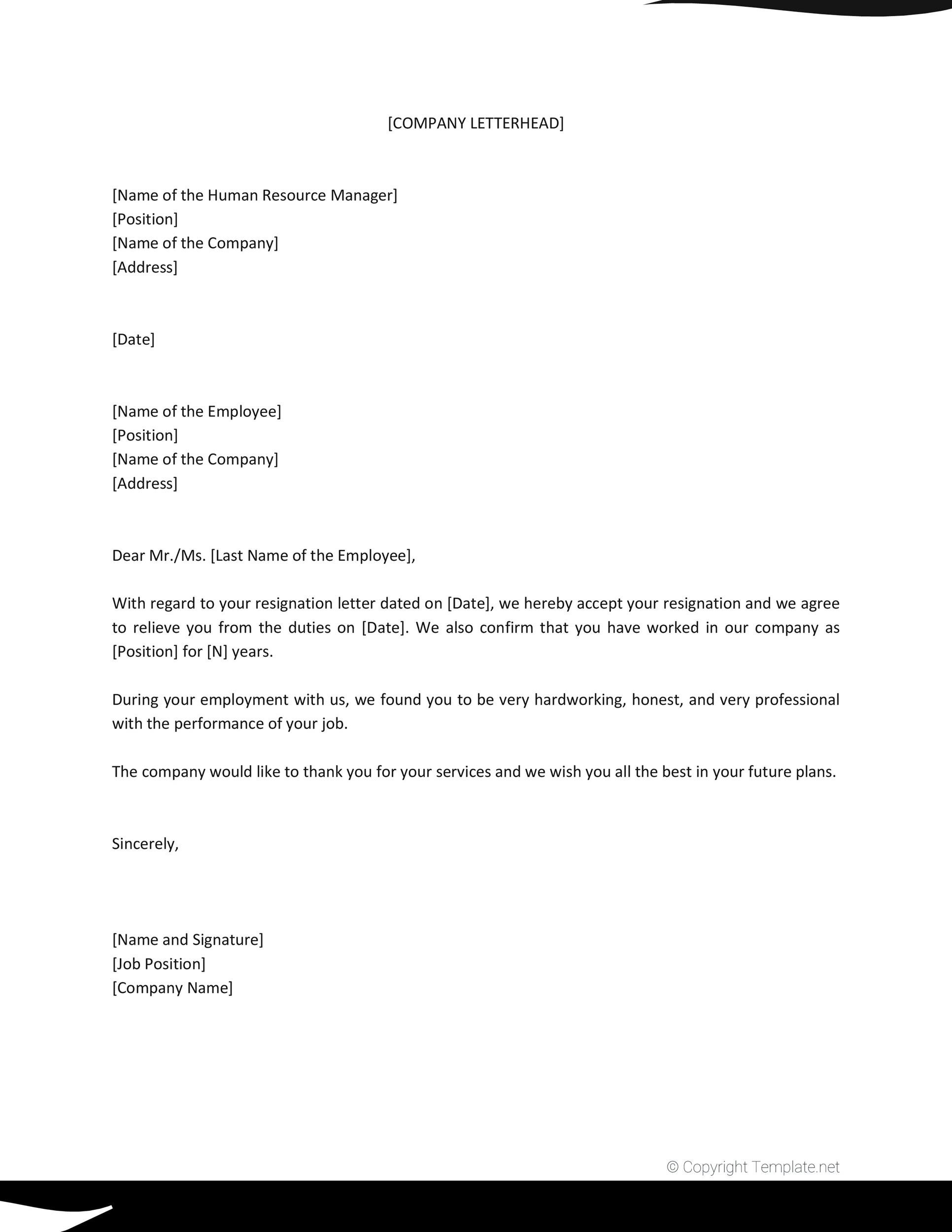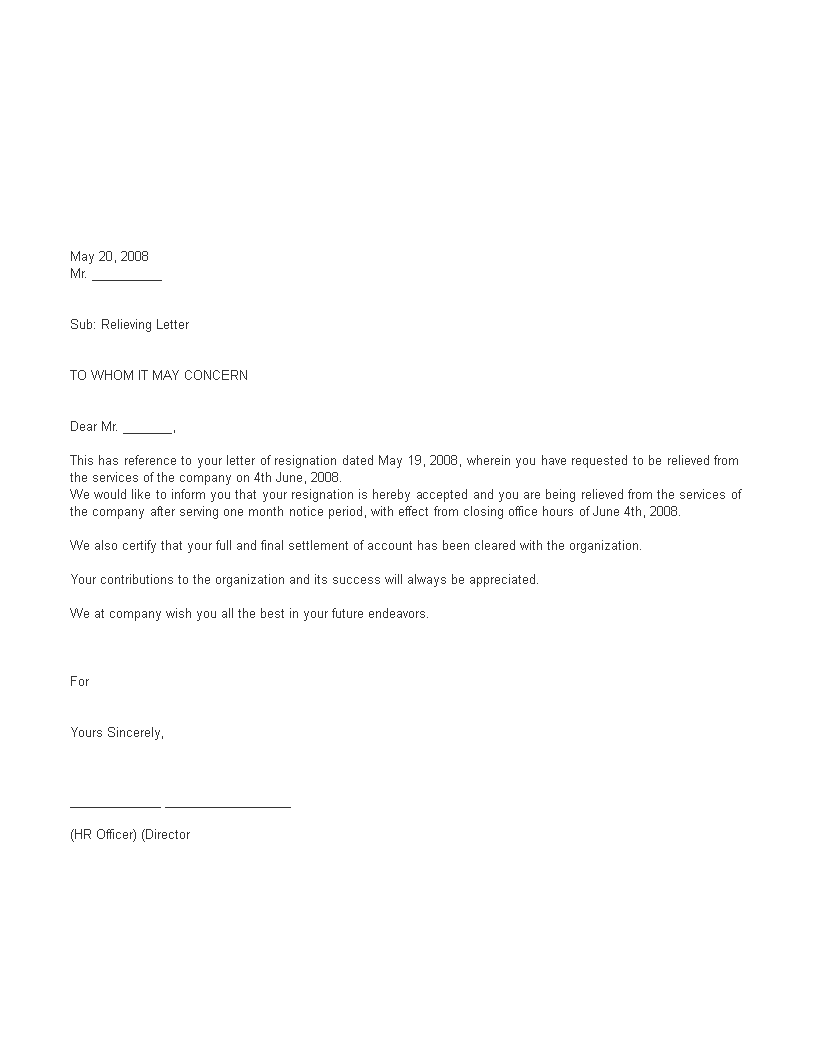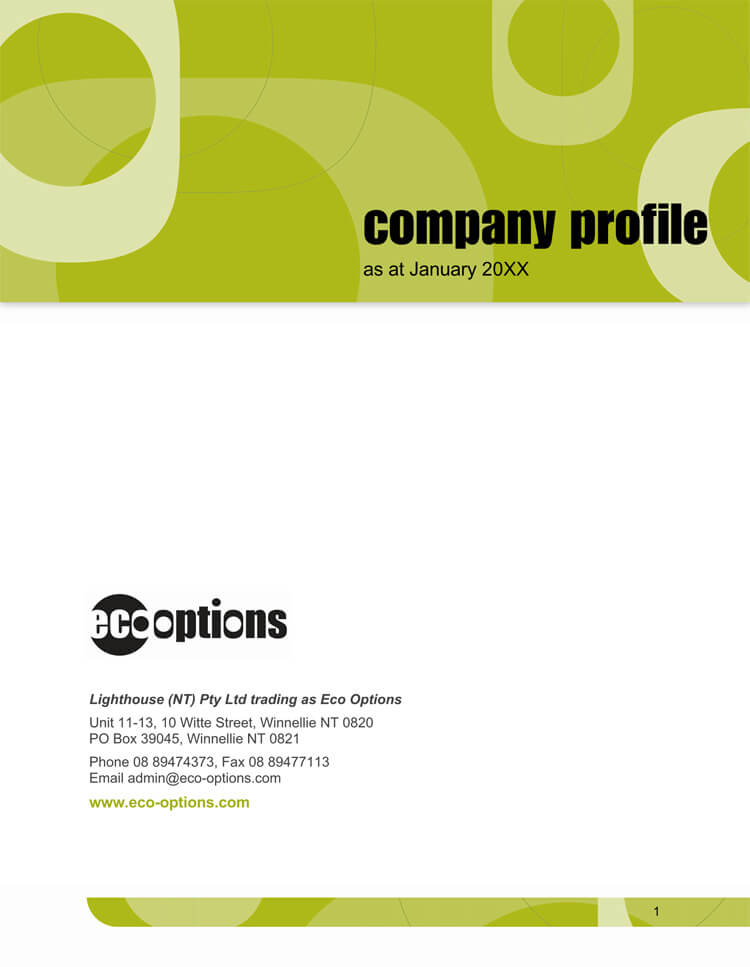37 professional relieving letters free templates templatelab
Table of Contents
Table of Contents
If you’re an employer or an employee, you know that a relieving letter plays a vital role in ending an employee’s tenure with a company. It is a legal document that outlines the nature of the employee’s termination, including the end date and the reason for leaving. Understanding the different formats of relieving letters and their purpose is essential for both employers and employees.
When it comes to relieving letters, there are several pain points that can arise. Employers may struggle with crafting the right format for the letter, while employees may have concerns about the information included in the letter or the timeline for receiving it. Not having a relieving letter can also cause trouble for an employee in the future when searching for new opportunities.
The target of a relieving letter is to provide an official document that confirms an employee’s resignation or termination of employment. It serves as proof that the employee has completed their duties with the company and that there are no outstanding matters to address. Additionally, it can serve as a reference for future employment opportunities.
In summary, the key points to understand about relieving letters are their purpose, different formats, and importance for both employers and employees.
Formats Of Relieving Letter Explained
The primary target of a relieving letter is to provide an official resignation or termination document. Generally, there are two formats of relieving letters. The first format is a basic relieving letter detailing the employee’s job title, dates of employment, and reason for leaving. The second format is a detailed relieving letter that provides more information on the employee’s performance, conduct, and achievements during their tenure.
For my personal experience, I received a detailed relieving letter from my previous employer, which was immensely helpful in securing my current job. The letter detailed my contributions to the company and helped present me in a favorable light.
Importance Of Relieving Letters for Employers and Employees
Relieving letters play an essential role in the employment cycle, as they serve as a legal document and reference for both employers and employees. From an employer’s perspective, they document the employee’s tenure, provide a final chance to offer feedback or conduct a performance review, and ensure the company is not legally liable for any issues that may arise. For employees, the relieving letter serves as proof of employment and can help build credibility for future job opportunities.
Basic and Detailed Relieving Letter Formats
The basic relieving letter format is commonly used by employers to provide a simple and straightforward document confirming the employee’s resignation or termination. The format includes the employee’s full name, job position or title, dates of employment, and the reason for leaving. The detailed relieving letter format, on the other hand, provides more information about the employee’s tenure, including their performance, achievements, and conduct. This format is typically used for employees who have been with the company for an extended period and have made significant contributions to the company during their time.
Importance of Timely Issuance of Relieving Letter
One common issue employees face with relieving letters is timely issuance. Employers are legally required to provide the relieving letter within a specific timeframe after the employee’s last working day. Delay in issuing relieving letters can cause inconvenience for employees and make it difficult for them to secure future job opportunities. Employers must take timely action to avoid such situations.
Question and Answer Section
Q: How long should an employer take to issue a relieving letter?
A: Employers are legally required to issue a relieving letter within 30 days of the employee’s last working day.
Q: What information should a relieving letter include?
A: A relieving letter should include the employee’s full name, job position or title, dates of employment, and the reason for leaving.
Q: Can an employee ask for changes to a relieving letter?
A: Yes, an employee can ask for changes to a relieving letter if the information is incorrect or incomplete. Employers are legally required to issue corrected relieving letters upon request.
Q: How important is a relieving letter for obtaining future employment?
A: A relieving letter is essential for proving past employment and building credibility for future job opportunities. Without a relieving letter, an employee may struggle to secure future employment opportunities.
Conclusion of Formats Of Relieving Letter
Understanding the different formats of relieving letters and their purpose is crucial for both employers and employees. It is a legal document that confirms an employee’s resignation or termination of employment and serves as a reference for future employment opportunities. Employers must issue relieving letters within the specified timeline to avoid causing inconvenience to employees in securing future employment. By following the appropriate format and guidelines, both employers and employees can benefit from the importance of relieving letters.
Gallery
37 Professional Relieving Letters (Free Templates) ᐅ TemplateLab

Photo Credit by: bing.com /
Relieving Letter Sample
Photo Credit by: bing.com / relieving
37 Professional Relieving Letters (Free Templates) ᐅ TemplateLab

Photo Credit by: bing.com /
37 Professional Relieving Letters (Free Templates) ᐅ TemplateLab

Photo Credit by: bing.com /
Relieving Letter | Templates At Allbusinesstemplates.com

Photo Credit by: bing.com / letter relieving template allbusinesstemplates






